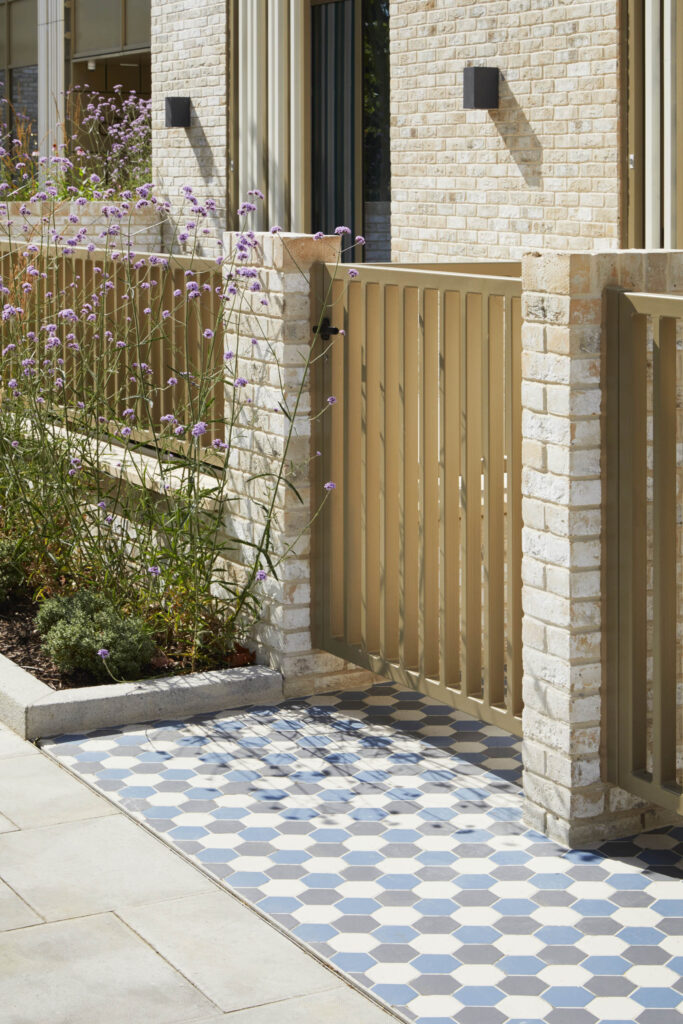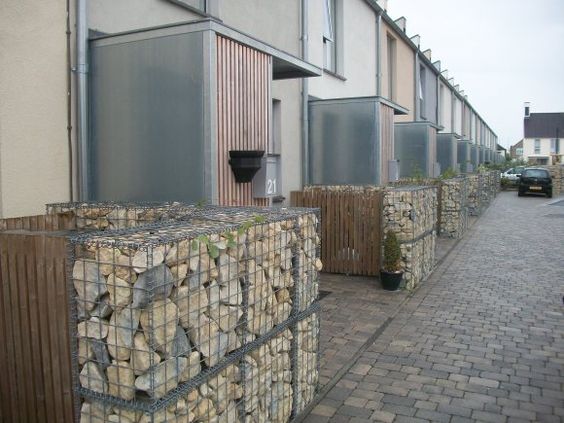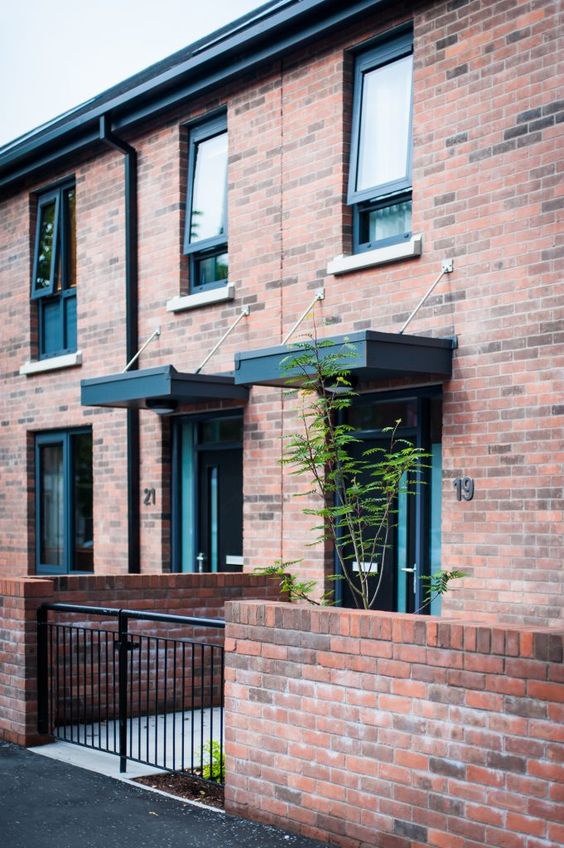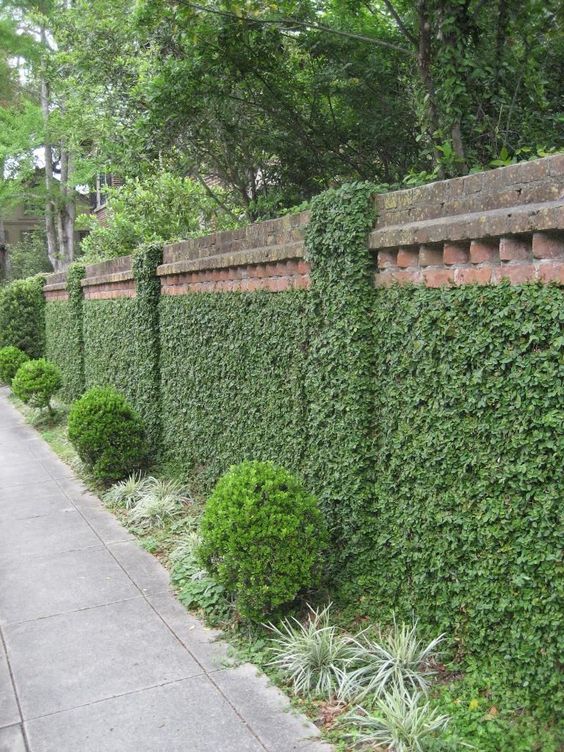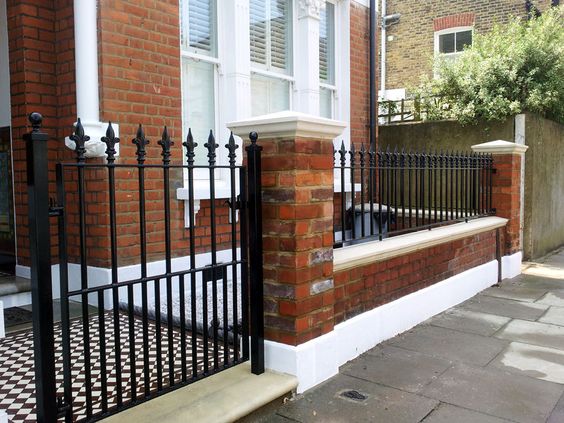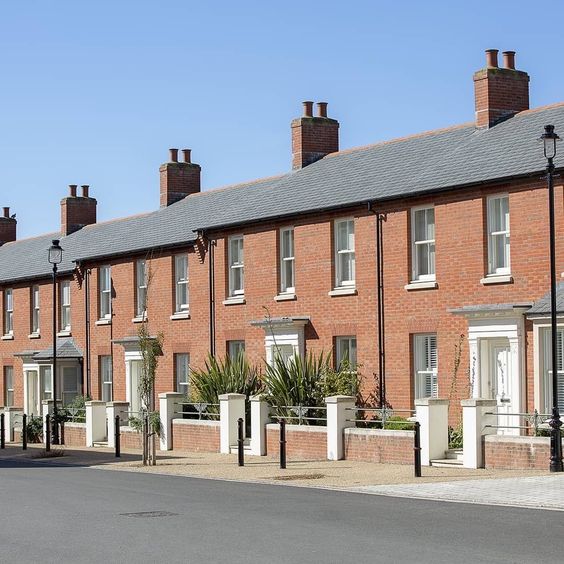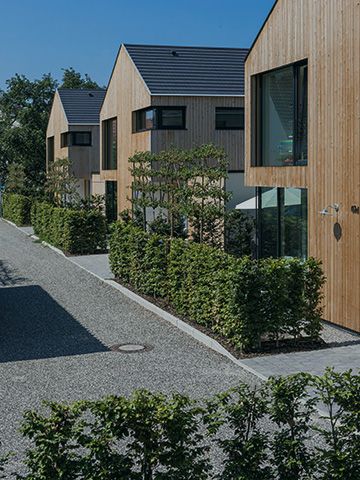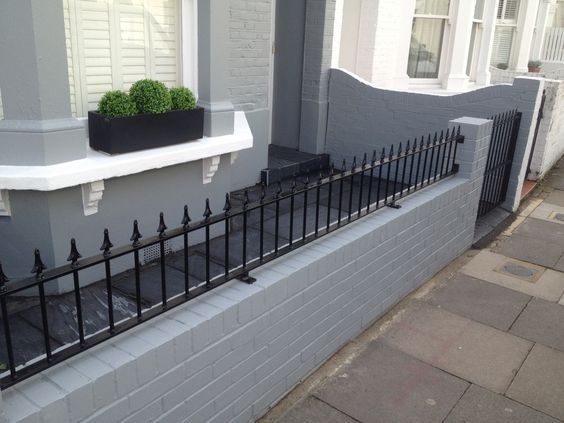Introduction
Innovation in design and place makingRecognising the distinctiveness of individual locations in plans, policies and proposals, and responding accordingly. More is encouraged. Well-designed places and buildings conserve natural resources including land, water, energy and materials. Their design responds to the impacts of climate change by being energy efficient and minimising carbon emissions.
Making buildings and places more sustainable is key to reducing our carbon footprint, and improving quality of life. Sustainability and the reuse of existing resources, including the conversion of existing buildings instead of demolition and rebuild should be a consideration from the outset of all design decisions.
Sustainable design will reduce the environmental impact of construction and the use of resources throughout the lifetime of the building, not only through its material impact but also in the decisions that eventual users make.
New construction techniques including the off-site manufacturing and construction of buildings and components, using innovative and smart technologies which help to improve efficiency, productivity and quality of new homes and buildings will be welcomed.
Proposals should seek to reduce the release of carbon at all stages of design and construction when planning developments, while opportunities for carbon capture and storage should be sought in both the immediate and future life of buildings and spaces.
Careful consideration needs to be given to placemakingRecognising the distinctiveness of individual locations in plans, policies and proposals, and responding accordingly. More, local distinctivenessThe positive features of a place and its communities which contribute to its special character and sense of place. More and the characterCharacter includes all of the elements that go to make a place, how it looks and feels, its geography and landscape, its noises and smells, activity, people and businesses. This character should be understood as a starting point for all development. Character can be understood at three levels; the area type in which the site sits, its surroundings and the features of the site. More of new homes and buildings. Good sustainable design should aim to exceed the requirements of planning policy and the requirements of the Building Regulations.
Innovative Design
Innovative designs are welcomed but careful consideration needs to be given to place makingRecognising the distinctiveness of individual locations in plans, policies and proposals, and responding accordingly. More, local distinctivenessThe positive features of a place and its communities which contribute to its special character and sense of place. More and the characterCharacter includes all of the elements that go to make a place, how it looks and feels, its geography and landscape, its noises and smells, activity, people and businesses. This character should be understood as a starting point for all development. Character can be understood at three levels; the area type in which the site sits, its surroundings and the features of the site. More of the area, whilst the quality of materials must be as high as those used in traditional construction.
Passive environmental design
Consider the use of passive house principles in the design of new development. Applicants should employ a “fabric first” approach, enhancing thermal elements utilising high levels of insulation, energy efficient windows, no thermal bridging, air-tight construction and mechanical ventilation.
Consider the use of building forms which minimise the surface area to volume ratio. For example, terraced houses and apartments can provide more efficient building envelopes.
Good sustainable design should aim to exceed the requirements of planning policy and the requirements of the Building Regulations.
Use tree planting to provide natural shade and shelter, subject to the guidance and code contained in the ‘Landscape and Nature’ chapter. Deciduous trees can provide shade during the summer while allowing light to permeate during the winter months. Where overshadowing is not problematic, evergreen trees can be effective in limiting exposure to cold winds.
Roofs
Roofs are an opportunity for rainwater collection which could be used for non-potable purposes such as flushing toilets. The collection and diversion ofrainwater can also mitigate flood risk and control run-off as part of a sustainable drainageSuDS are a natural approach to managing drainage in and around properties and other developments. Sustainable drainage measures are ones which avoid adding to flood risks both at a development site and elsewhere in the catchment by replicating natural drainage processes. SuDS work by slowing and holding back the water that runs off from a site, alleviating flooding and allowing natural processes to break down pollutants. More system.
Where flat roofs are considered to be appropriate, green roofs can provide a natural way to insulate and regulate internal temperatures as well as capturing carbon, slowing rainwater runoff and increasing biodiversity amongst other benefits. Where flat roofs are considered to be appropriate, green roofs can provide anatural way to insulate and regulate internal temperatures as well as capturingcarbon, slowing rainwater runoff and increasing biodiversity amongst other benefits.
Low and zero carbon (LZC) technology
Low and zero carbon technology (LZC) can include:
- Solar hot water
- Air Source Heat Pumps
- Ground Source Heat Pumps
- Combined Heat and Power
- Biomass heating
- Solar Photovoltaics
- District Heating Network
- Hydro power
- Wind turbines
The additional space required to incorporate technology should not come at the detriment of the design of the development.
Consider the visual impact of LZC technology on the building and wider site. External surface mounted equipment must be sensitively located and wellscreened from the public realmThis is the space between and within buildings that is publicly accessible, including streets, squares, forecourts, parks and open spaces. More.
Efficient heating and ventilation systems, and energy efficient illumination with automated switching should be used, particularly to communal areas.
The integration of solar or photovoltaic panels into the envelope of the building should be well considered from the outset, avoiding bolt-on solutions. Large roofs associated with commercial buildings often provide an unobstructed surface for capturing solar energy through solar panels for use in heating thebuilding or photovoltaic panels for use in generating energy. The design of flatroofs should include parapets which help to screen roof top equipment such as solar panels.
The design of commercial buildings lend themselves to the use of technological solutions as part of an environmental strategy and can include: heat pumps, automatically dimmed or switched LED lighting and monitoring technology.
In larger schemes the use of district heating networks or centralised energy production is encouraged, and where possible, developments should aim to connect to existing heating networks.
Modern methods of construction
The use of modern methods of constructionA fast way of delivering buildings by maximising the efficiency of material and human resources and focuses on off-site construction techniques, such as mass production and factory assembly, as alternatives to traditional building techniques. More (MMCA fast way of delivering buildings by maximising the efficiency of material and human resources and focuses on off-site construction techniques, such as mass production and factory assembly, as alternatives to traditional building techniques. More) are encouraged. However,where MMCA fast way of delivering buildings by maximising the efficiency of material and human resources and focuses on off-site construction techniques, such as mass production and factory assembly, as alternatives to traditional building techniques. More are implemented, the quality of design and materials used must seek to equal that used in high quality buildings of traditional construction.
Where the use of traditional materials is not suitable when employing MMCA fast way of delivering buildings by maximising the efficiency of material and human resources and focuses on off-site construction techniques, such as mass production and factory assembly, as alternatives to traditional building techniques. More, applicants must carefully consider the visual impact and durability of materials and ensure they are appropriate in their context. Materials that weather poorly must be avoided.
The use of MMC should not prevent the design of appropriately proportioned facades.
MMCA fast way of delivering buildings by maximising the efficiency of material and human resources and focuses on off-site construction techniques, such as mass production and factory assembly, as alternatives to traditional building techniques. More may not be appropriate on sites where the constraints of the pre-fabrication process limit the range and quality of the detailingThe details of a building are the individual components and how they are put together. Some are a deliberate part of the appearance of a building, including doors, windows and their surrounds, porches, decorative features and ironmongery. Others are functional, although they can also contribute to the appearance of a building. These include lighting, flues and ventilation, gutters, pipes and other rainwater details. Detailing affects the appearance of a building or space and how it is experienced. It also affects how well it weathers and lasts over time. More or materials that can be used.
Building Lifecycle
Well-designed places sustain their beauty over the long term. They add to the quality of life of their users and as a result, people are more likely to care forthem over their lifespan. They have an emphasis on quality and simplicity.
Well-designed places, buildings and spaces are:
- designed and planned for long-term stewardship by landowners, communities and local authorities from the earliest stages;
- robust, easy to use and look after, and enable their users to establish asense of ownership and belonging, ensuring places and buildings age gracefully;
- adaptable to their users’ changing needs and evolving technologies; and
- well-managed and maintained by their users, owners, landlords and public agencies.
Applicants should try to specify products that are made from recycled materials and/or that are easily recyclable at the end of the building’s life, whilst being appropriate to the building’s context and design. Allowances should be made for the repurposing or adapting of building elements without the generation of additional waste or recycling.
EV charging
All developments should aim to exceed the requirements set out in Building Regulations ‘Infrastructure for the charging of electric vehicles Approved Document S‘. It is expected that the passive EV charging infrastructureThese are parking spaces that are easily adaptable to accommodate electric vehicles. Passive provision requires the necessary underlying infrastructure (e.g. capacity in the connection to the local electricity distribution network and electricity distribution board, as well as cabling to parking spaces) to enable simple installation and activation of a charge point at a future date. More will be provided across the site to ensure that every car parking space and driveway can be installed with active infrastructure at a future date.


